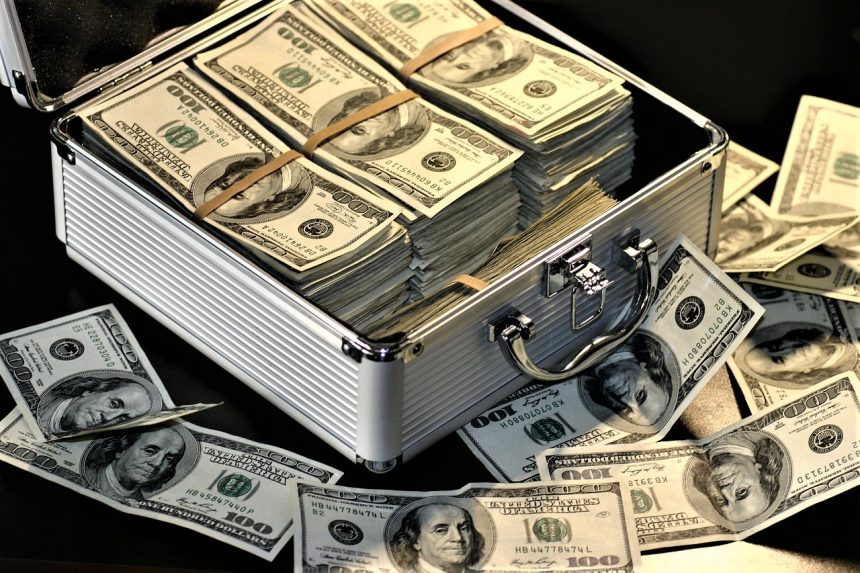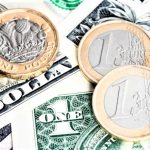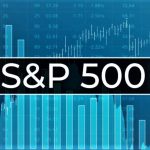US Dollar struggles to maintain its resilience.
The US Dollar struggles to maintain its resilience on Wednesday as investors retreat ahead of the highly anticipated monetary policy choices of the US Federal Reserve (Fed). The USD index, which measures the value of the US dollar against a basket of six major currencies, is edging down around 101.00 after ending a five-day winning run-on Tuesday.
The Fed is largely expected to raise the policy rate by 25 basis points (bps) to 5.25%-5.5%. Investors will study the policy announcement and Chairman Jerome Powell’s remarks. to determine if the US Federal Reserve would raise interest rates again later this year, amid evidence of reducing pricing pressures.
The US dollar anticipates Fed policy announcements.
Investors are hyper-focused on hints about future moves.” The Fed does not release fresh predictions at this meeting, instead allowing the statement to speak first. Then Fed Chair Powell will enter the stage, fielding questions and causing the majority of the volatility.”
A 25-basis-point Fed rate rise on Wednesday is completely priced in, according to the CME Group FedWatch Tool. The likelihood of the probability of the Fed raising policy rates one more time before the end of the year is somewhat more than 30%.
In the United States, consumer morale improved further in July, with the Conference Board’s Consumer Confidence Index climbing to 117.0 from 110.1 (revised from 109.7) in June.
According to the publication’s further statistics, the Present Situation Index increased to 160.0 from 155.3 and the Consumer Expectations Index increased to 88.3 from 80.
House prices in the United States grew 0.7% month on month in May, according to monthly statistics released by the US Federal Housing Finance Agency on Tuesday. This result follows a 0.7% gain in April and was higher than the market’s projection of a 0.2% increase.
The biggest indices on Wall Street on Tuesday, the market finished in the green. Following a negative start to the week, the technology-heavy Nasdaq Composite rebounded about 1%.
Early Wednesday, the benchmark 10-year US Treasury note rate remained stable at roughly 3.9%.
The flash estimate for the US S&P Global Manufacturing PMI in July increased to 49.0 from 46.3 in June. The services PMI fell to 52.4 from 54.4 in the previous month. Finally, the Composite PMI fell to 52.0 from 53.2, indicating that the private sector’s. Business activity is still expanding, but at a slower rate.
“July is seeing an unwelcome combination of slower economic growth, weaker job creation. Gloomier business confidence, and sticky inflation,” said Chris Williamson Chief Business Economist at S&P Global Market Intelligence. In response to the PMI survey findings. “The average rate” “At the start of the third quarter. The overall rate of output growth, measured across manufacturing and services, is consistent with GDP expanding at an annualized quarterly rate of approximately 1.5%,” he said.
When it comes to the USD’s near-term prospects. “Positioning data suggests investors are running reasonably large short Dollar positions into this week’s Fed, ECB. And BoJ policy meetings,” according to ING economists. “While we prefer a weaker USD later this year. The Dollar’s recent corrective rally may continue this week if the Fed maintains its tightening bias.”
Technical Outlook
On Tuesday, the US Dollar Index (DXY) approached the 20-day Simple Moving Average (SMA). But ended below it. Furthermore, the Relative Strength Index (RSI) increased. Lower around 40 after failing to stabilize at 50, indicating buyer reluctance.
DXY meets immediate support at 101.00 (previous resistance, static level) before 100.50 (static level). And 100.00 (psychological level, static level) on the decline.
A daily close over 101.50 (20-day SMA) attracts bulls and opens the door for a leg higher toward 102.00 (static level, old support) and 102.50-102.60 (50-day SMA, 100-day SMA).









